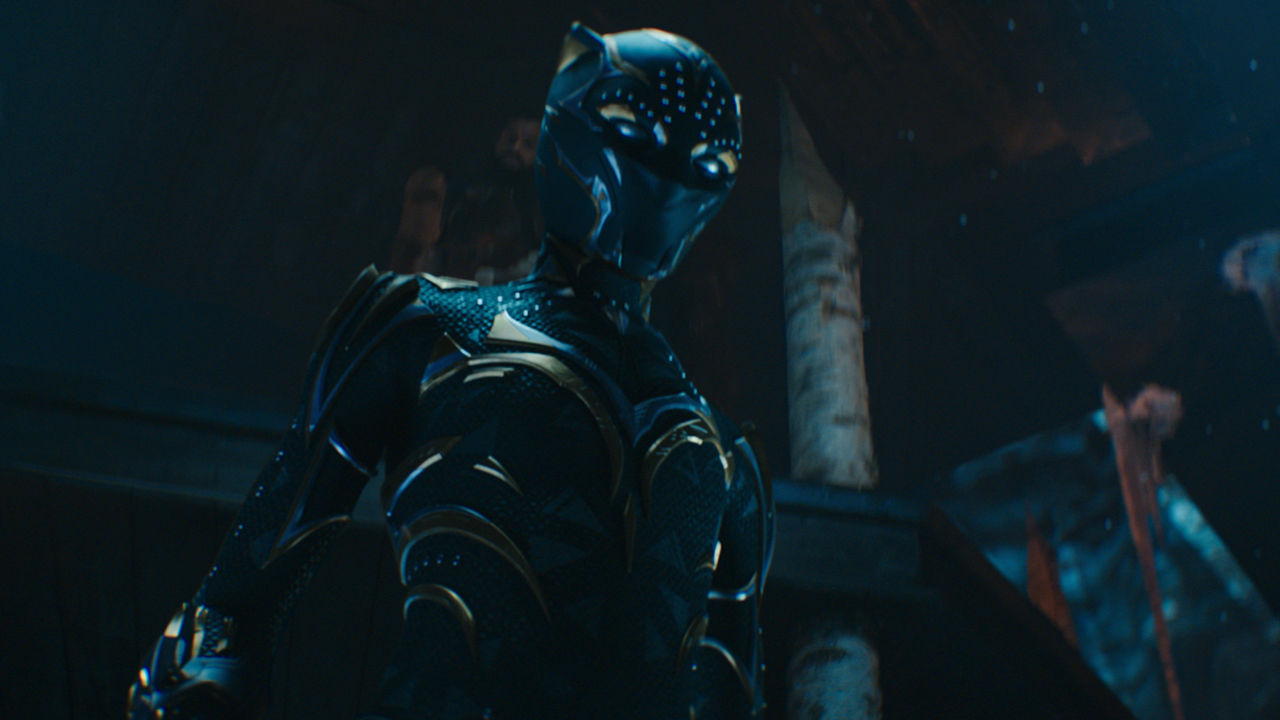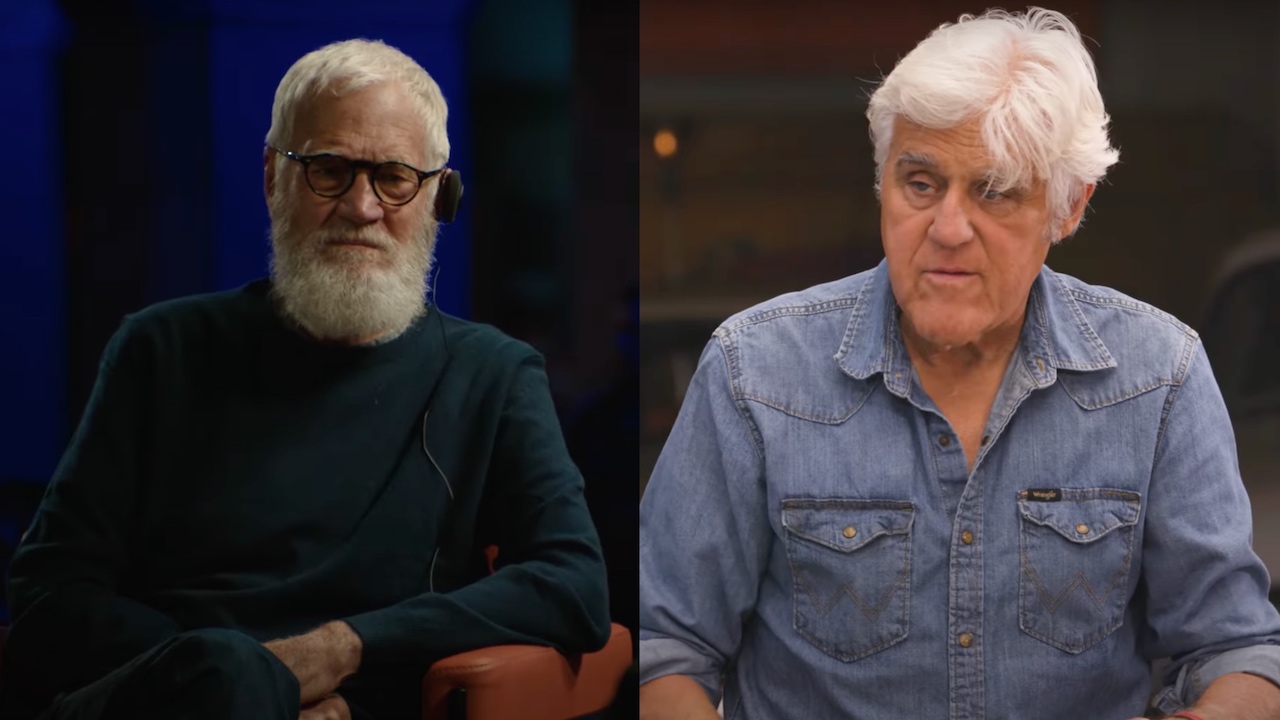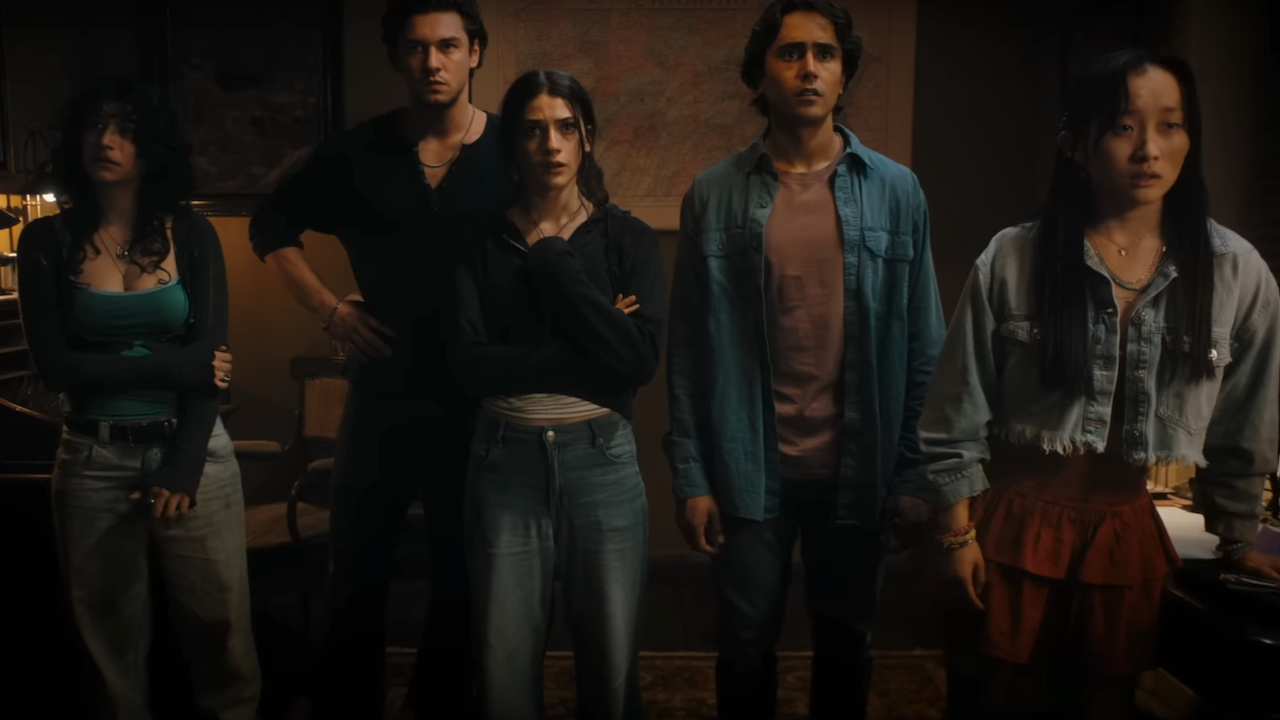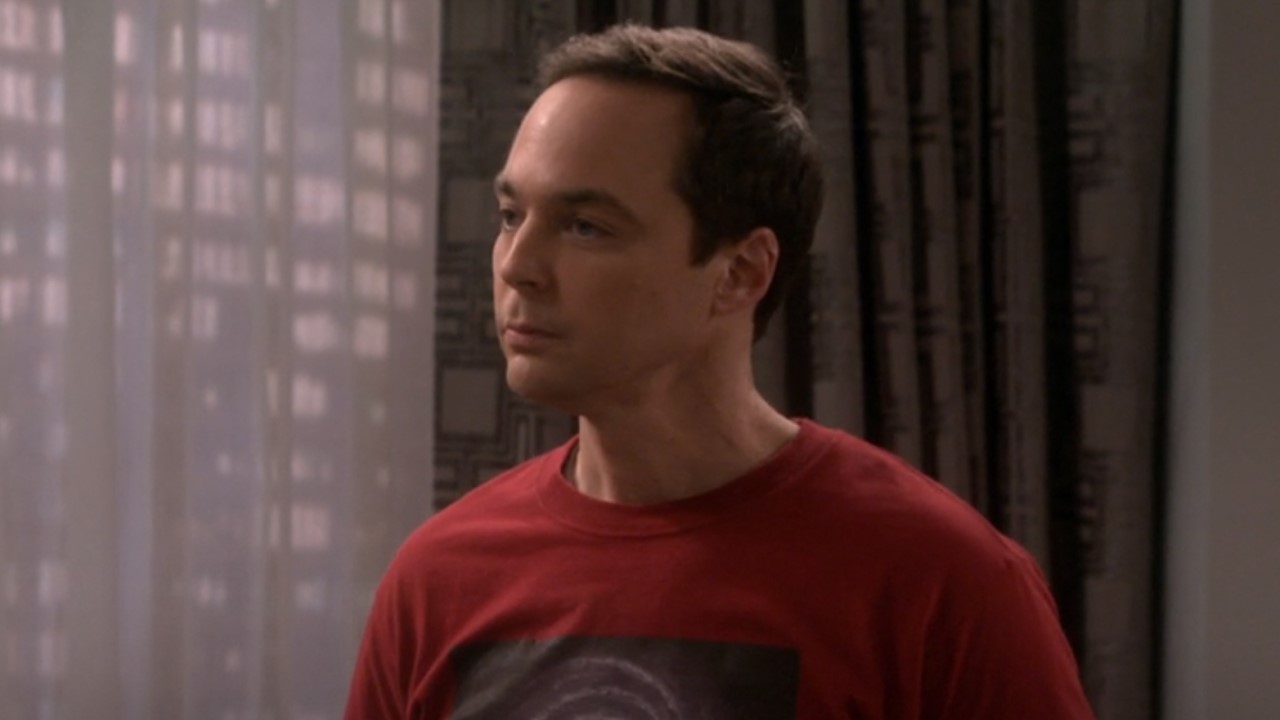To 3D Or Not To 3D: Buy The Right Journey 2: The Mysterious Island Ticket

Back in 2010, when 3D was still a fresh, new idea and was constantly being misused, we published a feature titled "The 10 Best 3-D Movies And What Hollywood Can Learn From Them". In the editorial, Josh, Katey and I wrote about the 3D films that we thought best utilized the technology. One of those films was 2008’s Journey to the Center of the Earth. Now, four years later, that movie’s sequel is arriving in theaters. Will its 3D be as effective as it was the first time?
Using our tried-and-true method of judging 3D movies, I have run Journey 2: The Mysterious Island through our categorical test to explain why the movie is or isn’t worth the money required to for the extra experience. Read on to find out what I thought.
Does It Fit?
CGI and 3D are the best of buds. If filmmakers have the ability to digitally construct a large amount of the environment in which the character inhabit, the better they can use 3D to its maximum potential (it’s also why computer-generated animation looks so great). Similarly, adventure films are great for the new technology because there is plenty of the way it allows the director to make better use of the space on screen and show off what they can do. As a result, Journey 2: The Mysterious Island is a brilliant fit for 3D.
Fit Score: 5/5
Planning & Effort
Unlike the other 3D movie that is being released this weekend, Journey 2 was always intended to be seen in the third dimension. Rather than being post-converted, director Brad Peyton filmed all of his new movie using stereoscopic cameras to create the best 3D environments possible (same as he did for Journey to the Center of the Earth). When it comes to planning and effort the movie gets perfect marks, as there was never a question in anyone’s mind that this wouldn’t be a 3D film.
P&E Score: 5/5
Before the Window
CINEMABLEND NEWSLETTER
Your Daily Blend of Entertainment News
In these reviews, “Before The Window” refers to how a 3D movie is able to capitalize on the ability to fire things off the screen and practically into the audiences’ lap. Some people look down on it because they see it as the gimmicky side of 3D, but we see it as taking advantage of everything the technology has to offer. Sadly, in this department Journey 2 isn’t very successful. Sure, there are a few times where Peyton does decide to freak the audience out a bit (the most memorable being a giant centipede shooting out at the audience), but for the most part the movie doesn’t do everything that it can with the 3D tech.
Before the Window Score: 3/5
Beyond the Window
Because of the large scale CGI environments, you’d think that Journey 2 would set itself up to be the new standard for depth in 3D. Unfortunately, it doesn’t really succeed. While the wide shots – particularly those that show off a lot of the island - do a solid job of maximizing depth, most of the movie can’t keep it up. A big part of this has to do with the fact that many of the scenes are set in dense jungle, and when there is so much stuff filling the screen, it’s hard to see into the screen any further than what would be available in 2D. When Peyton does set up a shot to maximize the audience’s sense of depth he does it well, but there’s really not enough of it to call it “excellent.”
Beyond the Window Score: 3/5
Brightness
The experience of watching a 3D movie has a similar effect to wearing sunglasses indoors in that low light levels can basically leave you blind. Since the 3D boom returned, filmmakers have been trying to compensate by ratcheting the brightness levels in their movies to 11. Sometimes this doesn’t work, sometimes it does. In the case of Journey 2 it’s largely successful. There are some scenes, particularly those set at night or underwater, that look like they are being projected with a grease-covered lens, but for the most part the movie is bright and shiny, perfect for 3D.
Brightness Score: 4/5
The Glasses Off Test
The 3D effect is created when two simultaneous images are displayed on screen, one to be registered by your right eye and one to be registered by your left eye. These images are corrected when wearing the glasses and create the 3D effect, but if you don’t have them on, the screen makes it look like you’re seeing double…or at least it should. When watching movies that utilize 3D perfectly, you have to keep your glasses on or everything will appear blurry. Conversely, poor 3D without the glasses makes you wonder why you shelled out the extra $4. Journey 2 falls somewhere in the middle. There were some scenes where I took off my glasses and could barely make out the shape of a tree, while during others I could make out the images perfectly. If you haven’t already noticed the pattern here, Brad Peyton’s film is very hit-or-miss when it comes to 3D.
Glasses Off Test: 3/5
Audience Health
This is a somewhat subjective category, as some people are simply more negatively affected by 3D than others, but there are steps that a director can take to minimize the ill-effects of 3D. People tend to get headaches and feel sick when focal points aren’t established and the audience is forced to constantly search the screen for exactly what they are supposed to be looking at. Fortunately, Journey 2 doesn’t have this problem. While it should be noted that I rarely feel sick during 3D movies, I never felt the slightest bit queasy or headache-y while watching the movie.
Health Score: 5/5
| SCORES RECAP | |
| 3D Fit | 5 |
| P&E | 5 |
| Before The Window | 3 |
| Beyond The Window | 3 |
| Brightness | 4 |
| The Glasses Off Test | 3 |
| Audience Health | 5 |
| Total Score | 28 (out of a possible 35) |
Final Verdict: This is a first for us here at Cinema Blend. We have a weekend in which two 3D movies are being released and they managed to get the exact same score in our 3D tests. Journey 2: The Mysterious Island isn’t a breathtaking experience by any means, but director Brad Peyton has done a solid job creating a 3D environment. Those expecting what they saw in Journey To The Center of the Earth may be disappointed, but if you’re going to see the sequel it won’t hurt to shell out the extra cash.
This poll is no longer available.
For more 3D analysis, visit our To 3D Or Not To 3D archive right here.

Eric Eisenberg is the Assistant Managing Editor at CinemaBlend. After graduating Boston University and earning a bachelor’s degree in journalism, he took a part-time job as a staff writer for CinemaBlend, and after six months was offered the opportunity to move to Los Angeles and take on a newly created West Coast Editor position. Over a decade later, he's continuing to advance his interests and expertise. In addition to conducting filmmaker interviews and contributing to the news and feature content of the site, Eric also oversees the Movie Reviews section, writes the the weekend box office report (published Sundays), and is the site's resident Stephen King expert. He has two King-related columns.









